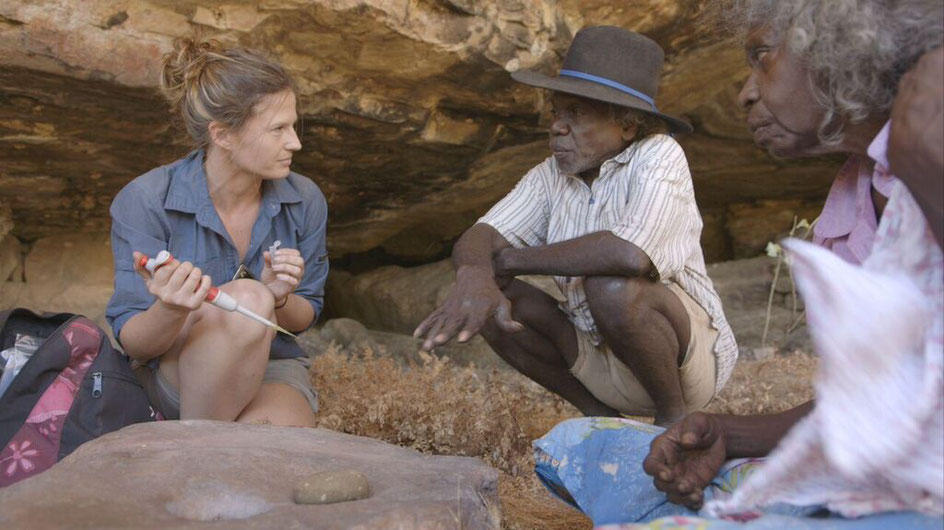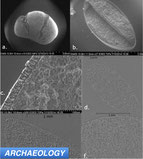
This has been an interesting year for Australian archaeology. It was just last May that we brought you headlines about excavations off the coast of western Australia that redefined Aboriginal settlement, pushing it back to at least 50,000 years ago. Now researchers working in the Madjedbebe rock shelter located within the Kakadu National Park in northern Australia have beaten that number by 15,000 years.
Researchers from the University of Queensland and the University of Washington, working in partnership with the Mirarr Traditional Owners, have uncovered nearly 10,000 artifacts and through them have redefined settlement dates to 65,000 years ago and have and recast our knowledge of Aboriginal technology.
In a press statement, project leader Dr. Chris Clarkson of the University of Queensland said,
“The site contains the oldest ground-edge stone axe technology in the world, the oldest known seed-grinding tools in Australia and evidence of finely made stone points which may have served as spear tips.”
“Most striking of all, in a region known for its spectacular rock art, are the huge quantities of ground ochre and evidence of ochre processing found at the site, from the older layer continuing through to the present."
Data from the excavation have also led to a reassessment of humanity’s role in the extinction of Australia’s megafauna. Creatures like the giant kangaroo, giant tortoise and giant wombat once roamed the continent. Conventional wisdom said the animals were hunted to extinction when Australia was settled because it appeared they died out quickly after the arrival of humans. However, in a press statement Dr. Ben Marwick of the University of Washington, said the newly obtained dates,
“…confirm that people arrived so far before [the extinctions] that they wouldn't be the central cause of the death of megafauna. It shifts the idea of humans charging into the landscape and killing off the megafauna. It moves toward a vision of humans moving in and coexisting, which is quite a different view of human evolution."
Artifacts recovered by Clarkson’s team were dated using radio carbon methods and optical stimulated luminescence (OSL), a technique that can obtain dates on samples more than 50,000 years old, the point at which carbon dating is no longer effecitve.
As a side note, the University of Washington pointed to an unrelated study in which a DNA sample, taken from a hair obtained from an Aboriginal man 90 years ago, led researchers to believe Australia might have been settled as much as 70,000 years ago.
Clarkson and his team published the results of the their research in Nature 547, 306–310 (20 July 2017) doi:10.1038/nature22968



